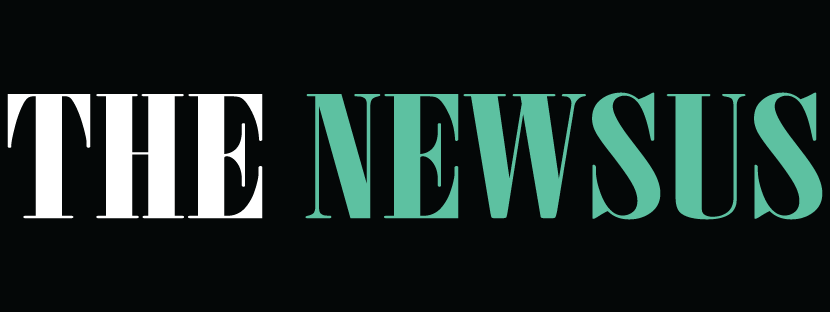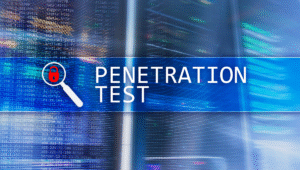Why eeg software Adoption Is Rising in Mental Health Clinics
Mental health clinics are evolving. With an increasing focus on precision diagnostics and personalized treatment, many are turning to technology...
Mental health clinics are evolving. With an increasing focus on precision diagnostics and personalized treatment, many are turning to technology for deeper insights into patient brain activity. The goal is no longer just to assess symptoms—but to understand the neurological signals behind them.
That’s why many clinics have begun investing in eeg software as a diagnostic and treatment-enhancing tool. From mood disorders to anxiety and beyond, this technology is being adopted not as a trend, but as a clinical necessity.
The Growing Role of Brain-Based Diagnostics
Mental health has traditionally relied on subjective assessments. While therapists and psychiatrists use structured interviews and rating scales, these methods often miss physiological nuances. EEG-based tools are changing this approach by providing real-time brainwave data to support clinical decisions.
Why this shift matters:
- Reduces guesswork: EEG helps clinicians move beyond assumptions and toward data-supported insights.
- Early detection advantage: Abnormal brainwave patterns can signal neurological issues that may precede symptoms.
- Supports objective documentation: Clinics can build a stronger case for insurance claims or ongoing treatment using quantifiable data.
Objective tools like EEG add a measurable layer to mental health care that’s been missing in traditional assessments.
How Clinics Use EEG Data for Diagnosis
Mental health professionals are increasingly using EEG readings to better understand the neurological patterns tied to specific disorders. With high-resolution brain maps, clinicians can detect anomalies or irregularities not obvious during standard consultations.
Examples of EEG-based diagnostic applications:
- Depression: Certain alpha and theta wave imbalances have been linked to major depressive disorder.
- ADHD: Clinics use EEG to identify frontal lobe activity patterns associated with attention issues.
- Anxiety disorders: Hyperactive beta waves may point to generalized anxiety or panic conditions.
This level of insight allows clinicians to classify patients more accurately, leading to better treatment plans.
EEG-Guided Treatment Planning and Monitoring
Once a baseline EEG is established, the software can also track how a patient’s brain activity changes with treatment. This feedback loop helps determine whether a current therapy is effective—or needs adjustment.
Why treatment tracking is gaining attention:
- Measures real change: EEG can capture neuroplasticity over time, reflecting true patient progress.
- Reduces trial-and-error: Instead of waiting weeks for results, clinicians can make early decisions with EEG data.
- Supports medication monitoring: Some drugs affect brainwave patterns; EEG can help gauge those changes quickly.
This dynamic feedback model empowers clinics to move beyond “wait and see” toward proactive, data-informed care.
Neurofeedback Integration Using EEG Platforms
Many clinics are adding neurofeedback therapy to their service offerings. EEG software plays a central role by reading brainwaves in real time and helping patients self-regulate their mental states through visual or auditory feedback.
Why neurofeedback is becoming more mainstream:
- Non-invasive and drug-free: Patients seeking alternatives to medication find this appealing.
- Backed by research: Studies have shown effectiveness in treating anxiety, PTSD, and ADHD.
- Engaging experience: Patients often enjoy gamified interfaces that guide them through brain-training exercises.
By pairing EEG software with neurofeedback tools, clinics deliver an interactive and evidence-based treatment path.
Accessibility and Cost Factors Driving Adoption
Until recently, EEG technology was reserved for research labs or neurologists. However, software innovation and cloud-based platforms have made it more affordable and accessible to small and mid-sized clinics.
Key factors contributing to wider access:
- Subscription-based models: Clinics no longer need to invest heavily in hardware or servers.
- Portable headsets and wireless tech: New devices make EEG readings easier to capture without large equipment.
- User-friendly interfaces: Clinicians without deep neuroscience backgrounds can use intuitive platforms confidently.
Lower barriers to entry are making EEG implementation a viable option for outpatient mental health practices.
The Importance of Training and Protocol Development
Implementing EEG tools requires more than just plugging in devices. Clinics must invest in training and protocols to ensure data is used ethically, effectively, and in a way that complements existing services.
Areas where training improves outcomes:
- Correct sensor placement and signal reading: Misinterpretation can lead to incorrect conclusions.
- Data privacy management: EEG data is sensitive and must be handled under HIPAA or equivalent standards.
- Integration with therapy models: EEG insights must align with the clinic’s therapeutic philosophy and frameworks.
The success of any EEG program hinges on thoughtful implementation, not just access to the tool.
Patient Experience and Ethical Considerations
Patients may feel nervous or skeptical about having their brainwaves recorded. It’s essential that clinics address these concerns with transparency and clear communication.
Best practices to improve patient trust:
- Explain the process clearly: Make it known that EEG is painless, non-invasive, and confidential.
- Share results with patients: Help them understand what the readings mean without overwhelming them.
- Be mindful of consent: Patients should fully understand what data is being collected and why.
Trust and understanding are crucial to patient engagement and long-term treatment adherence.
Research-Backed Outcomes Supporting EEG Use
The shift toward EEG in mental health is not based on hype. A growing body of clinical research supports its use in diagnosis, treatment planning, and outcome monitoring.
Recent findings worth noting:
- A 2023 study found that EEG-informed therapy reduced symptoms of generalized anxiety disorder by 30% faster than conventional approaches.
- Pediatric trials have shown EEG-based neurofeedback improves attention in school-aged children with ADHD.
- Mood disorder clinics reported more consistent medication adjustments when guided by EEG patterns.
Such evidence continues to build the case for wider adoption in both private and institutional care settings.
The Future of EEG in Outpatient Mental Health
With the rise of precision medicine and personalized care models, EEG is positioned to become a core feature of next-generation mental health clinics. As more platforms integrate with EMRs and telehealth tools, EEG software will play a greater role in shaping treatment strategy and improving outcomes.
What the future may look like:
- Remote EEG monitoring at home: Patients may use headsets at home, with data fed directly to clinicians.
- AI-driven interpretation tools: Algorithms will help spot abnormalities, speeding up diagnostics.
- Insurance alignment: As the data becomes more standardized, insurers may support reimbursement for EEG-guided care.
This trajectory points to EEG becoming as common in mental health as blood pressure monitors are in general practice.
Conclusion
Mental health clinics are increasingly relying on brain data to make more informed, responsive decisions. The growing adoption of AI EEG technology supports this shift, helping clinics go beyond symptom tracking to uncover real-time neural patterns. With better diagnostics, more personalized treatment paths, and improved patient outcomes, EEG is transforming mental healthcare from reactive to proactive. This evolution is no longer optional—it’s becoming standard for providers who want to lead in clinical excellence.




